A patola saree is a type of silk saree that is traditionally handwoven in the state of Gujarat in India. It is known for its rich and intricate designs, which are created using a special technique of double ikat weaving.
The process of creating a patola saree is extremely labor-intensive and time-consuming. It involves dyeing the yarns for both the warp and weft of the fabric before they are woven together on a handloom. The weaving process requires a high level of skill and precision, as the weavers must ensure that the intricate designs are aligned perfectly on both sides of the fabric.
Patola sarees are highly valued for their beauty and quality, and they are often worn on special occasions such as weddings and religious ceremonies. They are also prized as collector’s items, as each patola saree is unique and can take several months to create.
Why is patola so famous?
“Patola” is a type of silk textile that is handwoven using a resist dyeing technique called “double ikat.” It is traditionally made in the Patan region of Gujarat, India, and is highly valued for its intricate patterns and rich colors.
Patola has been a symbol of wealth and status in India for centuries and was historically worn by royalty and nobility. Its popularity can also be attributed to its unique production process, which involves highly skilled artisans who use complex weaving techniques to create intricate designs.
In addition to its historical and cultural significance, patola has gained worldwide recognition for its beauty and craftsmanship. It has been featured in fashion shows and exhibitions around the world and is considered a highly prized and collectible textile.
Overall, patola’s fame can be attributed to its unique production process, historical and cultural significance, and reputation as a highly valued and collectible textile.

